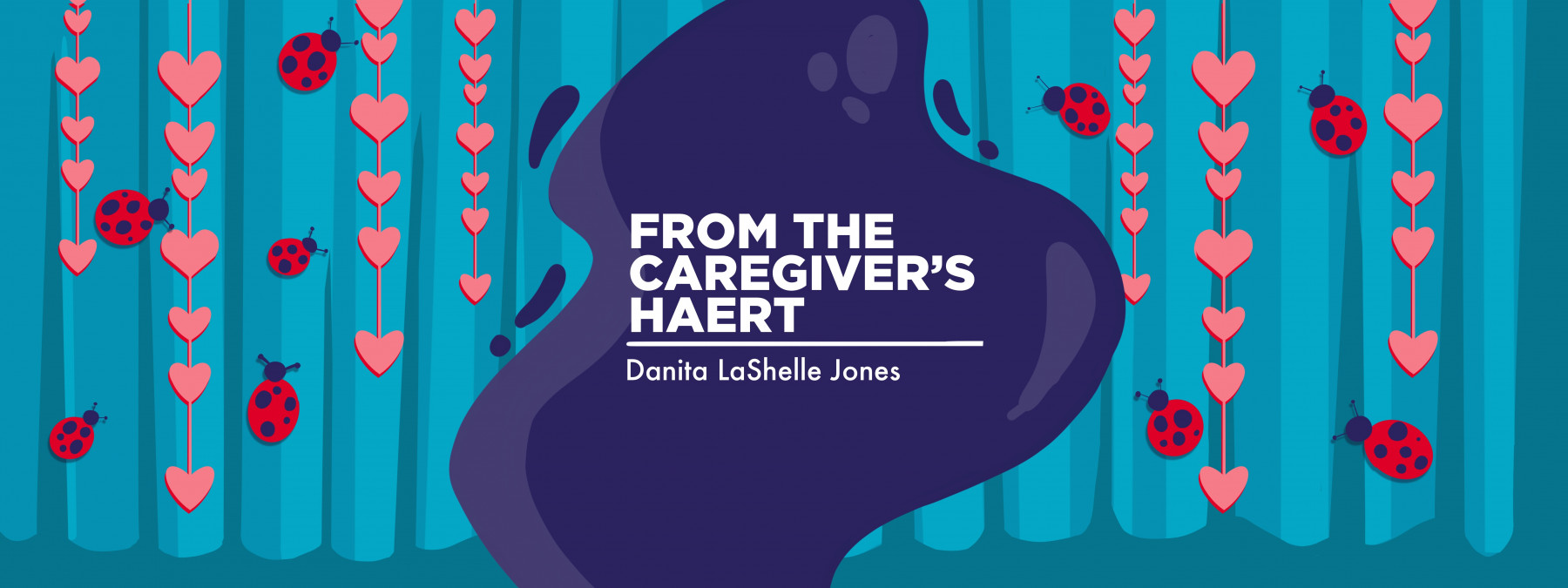How HAE caregivers can suffer from new symptom fatigue
Finding a support system and having a plan are key to responding
Written by |

“No!” my mom’s voice bellowed.
I immediately laughed. I couldn’t see her, but I heard the undertone of laughter in my mother’s voice.
She was answering — or wasn’t — my very loud “Hey, Ma!” from another room in the house. Because we were a few weeks away from my wedding, it had been my seventh or eighth shout to her in just a few minutes. She knew that if I was calling her, some task that needed immediate attention would follow, and she needed a break.
It’s a common trope for children to use the mom moniker to a frustrating limit. There’s even a famous clip from the animated TV series “Family Guy” that shows Stewie going through every version of the word “Mother” to get Lois’ attention.
I often have humorous conversations with many moms who have used remedies such as implementing endless quiet time or pretending to change their name for a day but not telling their kids what the new name is. Nevertheless, many of the solutions are devised because moms just need five minutes before a new thing is added to the others on their to-do list.
As my children have gotten older, they know when I’m joking if I answer with a “no” when they call me. I realize, however, that sometimes there’s a moment when a more silent “no” appears for a different reason.
Flooding the zone
When our daughter, whom we lovingly call Ladybug, was diagnosed with hereditary angioedema (HAE), we were already inundated with the symptoms she experienced.
Although we had an explanation for them and had emergency and preventive medications to help manage facial swelling, the frequency of the symptoms, combined with things like her asthma and allergies, became a bit overwhelming. Still, after a while, I felt we’d reached a rhythm that was easy to maintain.
“I have to squint to see the board,” Ladybug said one day after school.
“No!” I screamed in my head.
It wasn’t her. She’s the one who lives with her HAE symptoms every day. But her complaint meant more trips to the doctor, prescriptions, and eventually glasses. Yes, the solution was simple, but stacked on top of everything else, I momentarily longed for a break.
When we finally got Ladybug an appointment, and she finally got her glasses, what seemed impossible became no big deal almost immediately. It was a reminder that sometimes majoring in minor inconveniences can make something seem worse than it is.
When your child struggles with a chronic illness, new or more frequent symptoms aren’t welcome. They can often prompt an avalanche of negative emotions. When that occurs, the best things to do are find a support system, implement a plan, and alert a doctor immediately.
The faster you address the new symptoms, whether related to HAE or not, the faster that help can be received and everyone can continue their journey in the best way possible.
Note: Angioedema News is strictly a news and information website about the disease. It does not provide medical advice, diagnosis, or treatment. This content is not intended to be a substitute for professional medical advice, diagnosis, or treatment. Always seek the advice of your physician or other qualified health provider with any questions you may have regarding a medical condition. Never disregard professional medical advice or delay in seeking it because of something you have read on this website. The opinions expressed in this column are not those of Angioedema News or its parent company, Bionews, and are intended to spark discussion about issues pertaining to angioedema.







Leave a comment
Fill in the required fields to post. Your email address will not be published.